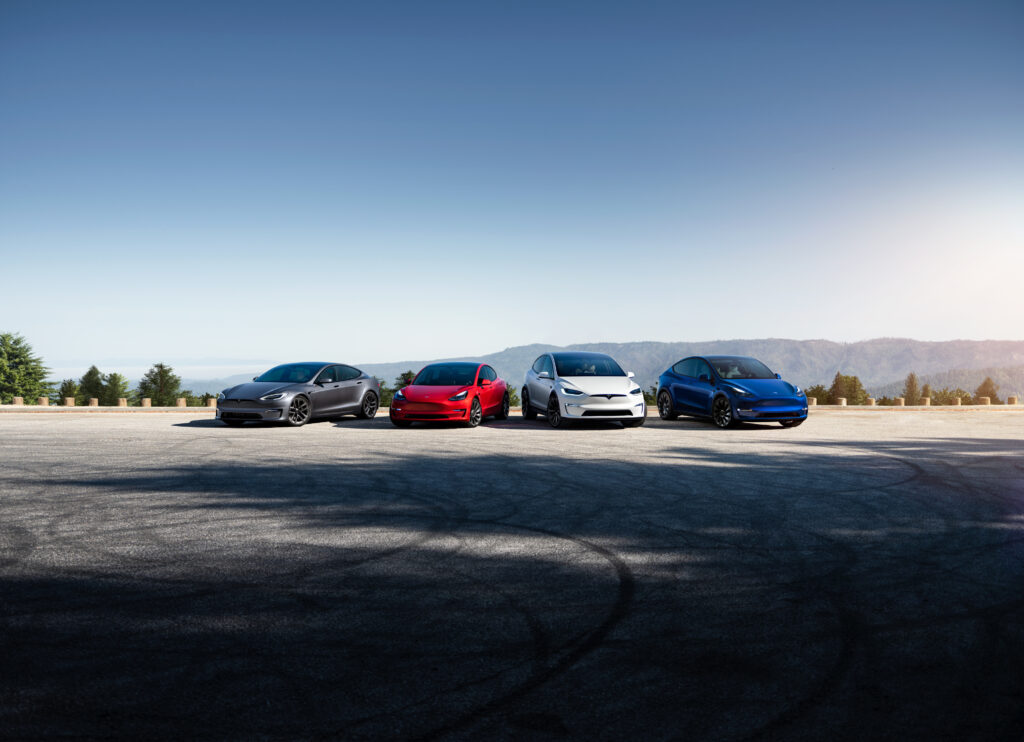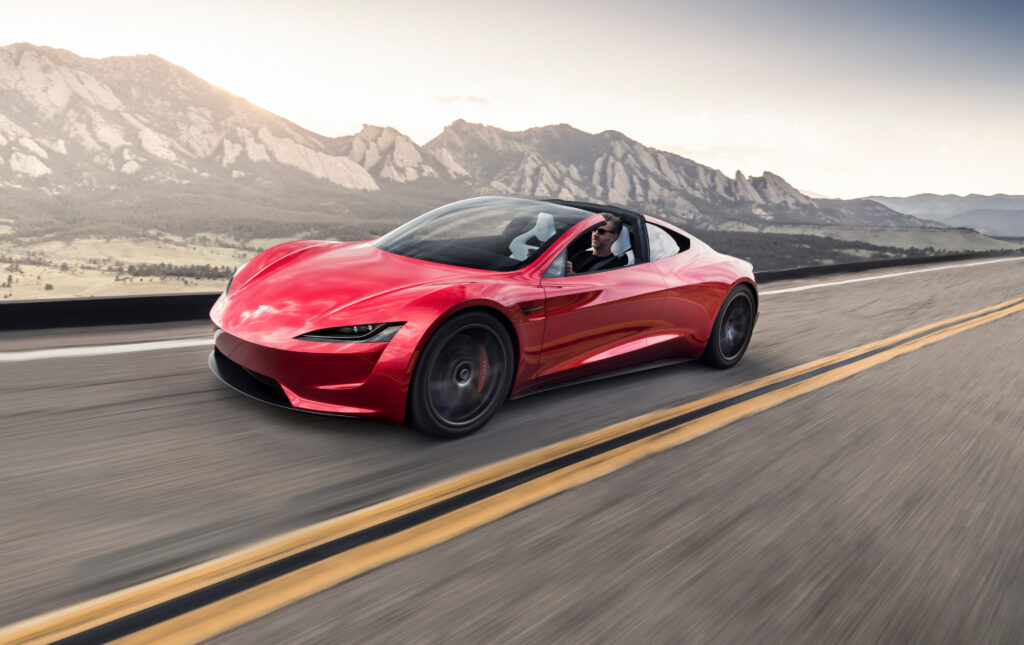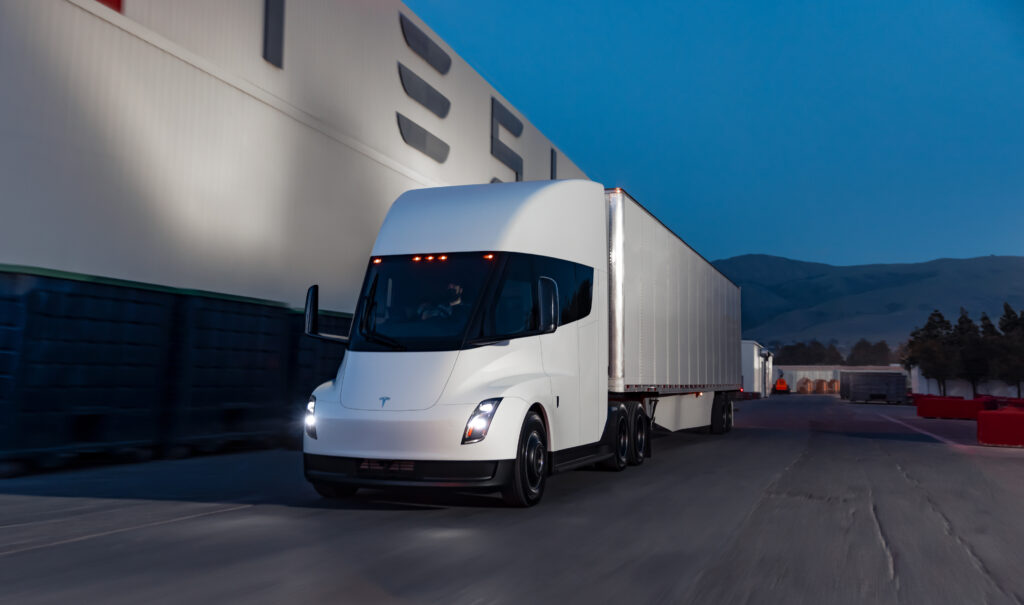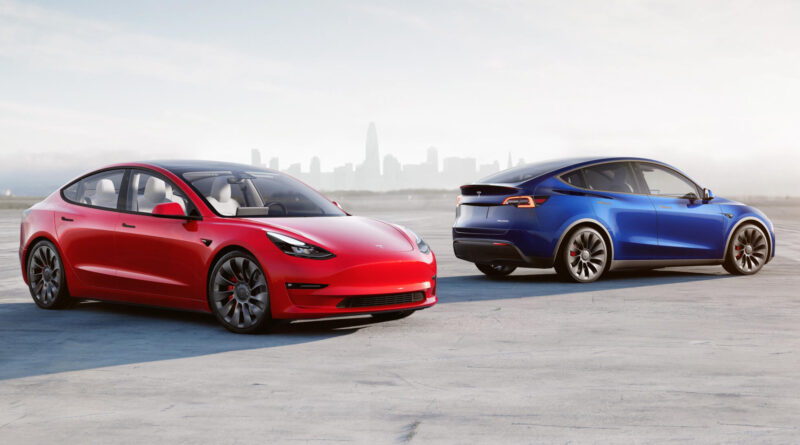Tesla smashes delivery records; more than one million sales expected in 2022
Tesla has delivered almost 1 million battery electric vehicles in 2021 on the back of a record-smashing final quarter of the calendar year.
The global leader in EV sales reported building 305,840 vehicles in Q4 2021 and delivering 308,600. Its previous best result was 241,300 deliveries in Q3 2021.
The huge final quarter boosted production for 2021 to 930,422 and final deliveries to 936,172, a vast 87 per cent climb over its 2020 calendar year delivery result.
The Model 3 sedan and Model Y SUV dominated both outcomes, accounting for 911,208 deliveries for the full year and 296,850 for Q4.

The more expensive flagship Model S sedan and Model X SUV accounted for less than three per cent of Tesla’s total deliveries.
Australian deliveries – or any regional results – were not broken out, but Tesla dominates the small local EV market. Its position should be maintained in 2022 as the Model Y is soon expected to go on-sale.
ULL EV CALENDAR: Every new electric car due soon
EV UTE OVERLOAD: The electric utes and pickups coming soon
In a statement that came with the figures, Tesla said the numbers might be undercalling reality.
“Our delivery count should be viewed as slightly conservative, as we only count a car as delivered if it is transferred to the customer and all paperwork is correct. Final numbers could vary by up to 0.5 per cent or more.”
The quarterly and annual results easily outstripped Wall St predictions. Net income and cash flow results are expected later in the month. Tesla made its first annual profit in 2020, but required regulatory credit purchases by other car-makers to avoid red ink.

The Tesla statement cautioned the record 2021 deliveries did not automatically mean assumptions could be made about finances.
“Tesla vehicle deliveries represent only one measure of the company’s financial performance and should not be relied on as an indicator of quarterly financial results, which depend on a variety of factors, including the cost of sales, foreign exchange movements and mix of directly leased vehicles.”
Significantly, the record final quarter run rate annualised equates to more than 1.2 million vehicles, so it’s a safe bet barring the unforeseen, Tesla will sell more than one million EVs in 2022.
To put that in context, Japanese mainstream brand Mazda sold about 1.2 million vehicles in 2020, China’s Great Wall Motors 1.115 million and Subaru about 880,000.

Mind you, breaching 1 million deliveries is only the starting point for Tesla’s billionaire boss Elon Musk, who says he wants the company to sell 20 million vehicles per annum by 2030. That’s about double Toyota’s current sales.
Tesla was able to grow production in 2021 by ramping up its new Shanghai plant in China where only the Model 3 and Y are built and overcoming semi-conductor shortages at its Fremont plant in California where all four models are assembled.
In 2022 its new plants in Berlin, Germany, and Austin, Texas, will come online providing significant production growth.
But it does not have another new big volume model planned for launch until the Cybertruck arrives in the USA in 2023. The company’s much-delayed Semi and new-gen Roadster are still in the works, too.
Tesla will also face increased competition from rival car-brands who are increasing their BEV production and roll-out in 2022.





